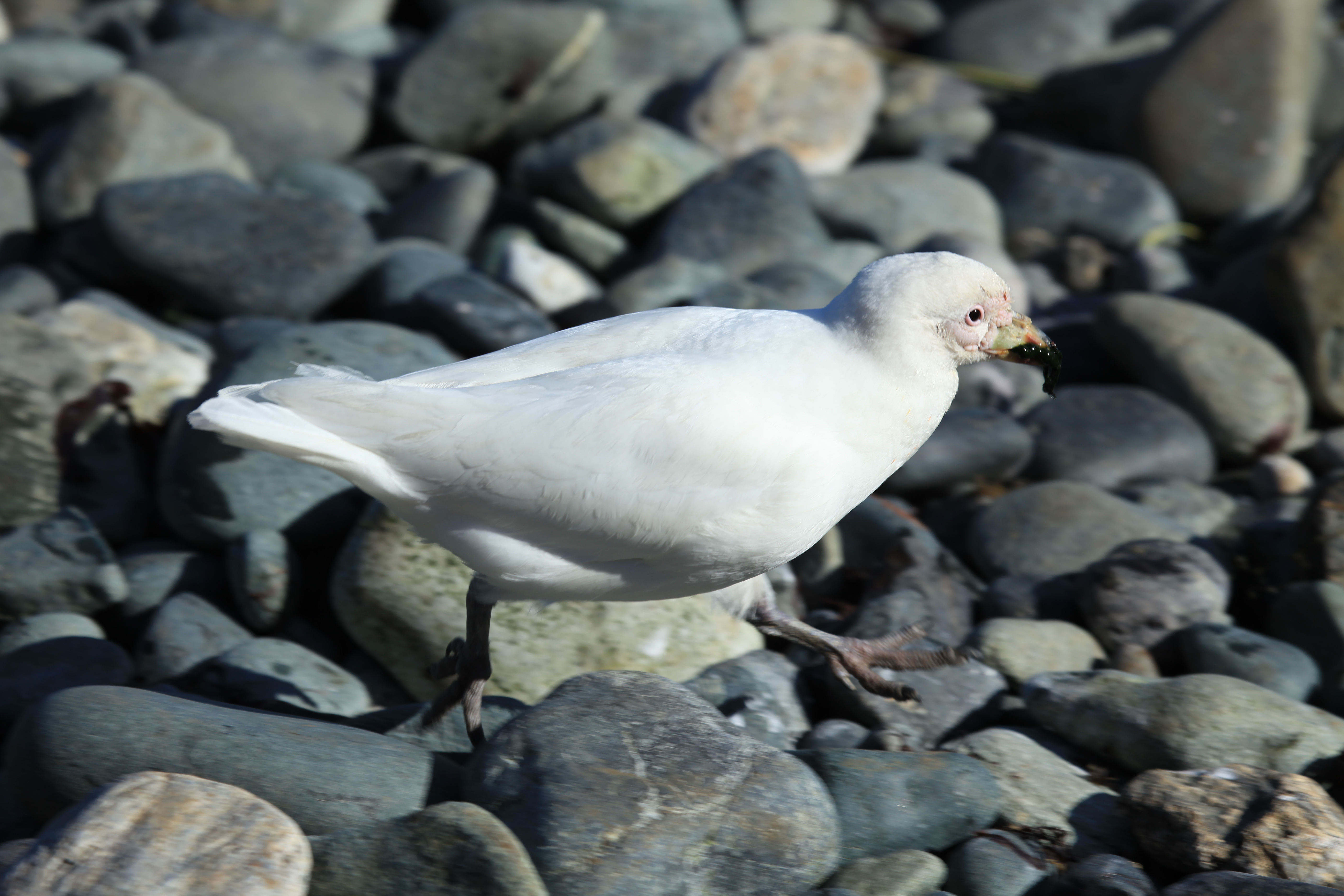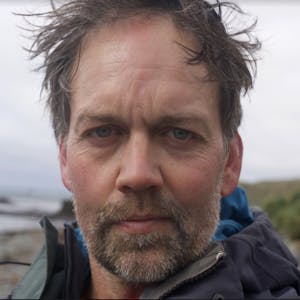South Orkney Islands Tundra
The ecoregion’s land area is provided in units of 1,000 hectares. The conservation target is the Global Safety Net (GSN1) area for the given ecoregion. The protection level indicates the percentage of the GSN goal that is currently protected on a scale of 0-10. N/A means data is not available at this time.
Bioregion: Antarctic Peninsula & Scotia Sea (AN2)
Realm: Antarctica
Ecoregion Size (1000 ha):
N/A
Ecoregion ID:
131
Conservation Target:
N/A
Protection Level:
N/A
States: Antarctica
This is the most northerly of all the Antarctic ecoregions, separated from the closest ecoregion by 600 km of water and with a distinctive climate and rich biodiversity. These Islands were discovered in 1821, and this marked the beginning of a sporadic period of exploitation by seal hunters. In the early 1900s, a whaling station was also established. The South Orkney Islands are an archipelago of four main islands (Coronation Island, Laurie Island, Powell Island, and Signy Island) and numerous smaller islets and exposed rocks. Over 90% of the islands are glaciated, and the small amount of permanently ice-free land (160 km2) demarcates the extent of this ecoregion.
This is the most northerly of all the Antarctic ecoregions, separated from the closest ecoregion by 600 km of water and with a distinctive climate and rich biodiversity. These Islands were discovered in 1821, and this marked the beginning of a sporadic period of exploitation by seal hunters. In the early 1900s, a whaling station was also established.
The South Orkney Islands are an archipelago of four main islands (Coronation Island, Laurie Island, Powell Island, and Signy Island) and numerous smaller islets and exposed rocks. Over 90% of the islands are glaciated, and the small amount of permanently ice-free land (160 km2) demarcates the extent of this ecoregion.
Signy Island is the least glaciated of the four main islands, and as such, it has a greater concentration of wildlife than the other islands within this ecoregion. Extensive vegetation, nesting seabird colonies, and seal colonies coexist in many places. Seabirds breeding on the island include Snowy Sheathbills (Chionis albus), Southern giant petrels (Macronectes giganteus), Gentoo penguins (Pygoscelis papua), Macaroni penguins (Eudyptes chrysolophus), Adélie penguins (Pygoscelis adeliae), Southern fulmar (Fulmarus glacialoides), Cape Petrels (Daption capense), Antarctic Prions (Pachyptila desolata), Kelp gulls (Larus dominicanus), Antarctic Terns (Sterna vittata) and Imperial Shags (Phalacrocorax atriceps).

The flagship species of the South Orkney Islands Tundra ecoregion is the snowy sheathbill.
There are 25 colonies of Adélie Penguins, containing over 140,000 breeding pairs. Antarctic fur seals (Arctocephalus gazella) and Southern elephant seals (Mirounga leonina) are the primary seal species breeding in this ecoregion. The ecoregion is also relatively rich in invertebrate fauna, with 46 species recorded, including mites, springtails, nematodes, and beetles, and an invasive chironomid midge (Eretmoptera murphyi) and enchtraeid worm (Christensenidrilus blocki).
Mosses and lichens dominate the vegetation, with almost 100 species of moss and perhaps as many as 200 species of lichen. The only two species of Antarctic flowering plants, Antarctic hair grass (Deschampsia antarctica) and the cushion-forming pearlwort (Colobanthus quitenis) also occur in this ecoregion.
Four Antarctic Specially Protected areas occur in this ecoregion: ASPA 109 (Moe Island); ASPA110 (Lynch Island); ASPA 111 (Southern Powell Island and adjacent island); and ASPA 114 (Southern Coronation Island). All of these were designated for the protection of unique or important biodiversity values. These protected areas cover 3 % of the available ice-free area, making the South Orkney Islands one of the most protected of all the Antarctic ecoregions.
There are two Antarctic research stations. The longest-running is Orcadas, situated on Laurie Island and operated by Argentina has a winter population of around 14 people and a peak population in summer of around 45 people. The British station Signy, is situate on the southern end of Signy island and only operates in summer, with typically less than 10 scientists visiting each year. Over 1000 tourist landings were made in 2014–15, with 90% of these visits to the Argentinian base Orcadas. This represents a significant increase on visits in 2012–13 when only 115 landings were reported.
Priority conservation actions for the next decade
- Undertake research to better understand and mitigate the impact of human activities in the region.
- Develop research to understand the impacts of non-native species.
- Ensure a stable Antarctic Treaty system to maintain the ongoing, overall protection of Antarctica.
-
-
- Terauds, A., S. L. Chown, F. Morgan, H. J. Peat, D. J. Watts, H. Keys, P. Convey, and D. M. Bergstrom. (2012) Conservation biogeography of the Antarctic. Diversity and Distributions 18:726-741.
- Terauds, A., and Lee, J. R. (2016) Antarctic biogeography revisited: updating the Antarctic conservation biogeographic regions. Diversity and Distributions 22:836-840.
- Chown, S.L. & Convey, P. (2007) Spatial and temporal variability across life’s hierarchies in the terrestrial Antarctic. Philosophical Transactions of the Royal Society B: Biological Sciences, 362: 2307–2331.
-
Cite this page: South Orkney Islands Tundra. Ecoregion Snapshots: Descriptive Abstracts of the Terrestrial Ecoregions of the World, 2021. Developed by One Earth and RESOLVE. https://www.oneearth.org/ecoregions/south-orkney-islands-tundra/
-


